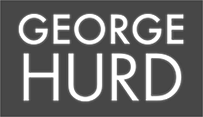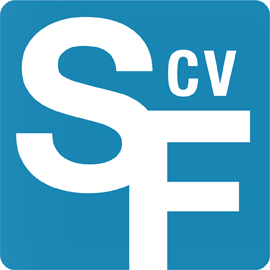 “George Hurd compounds electronic and chamber into a web of euphonic melody. [He] collects musical genres — classical, acoustic, electronic, rock, pop, film, world, and more — to weave a tensile web. His compositions, written for [The Hurd Ensemble], form a kind of tribal chamber music library that features at its base the indigenous sounds he collects from his travels and manipulates digitally. Hurd twists the synthetic, electronic material like a bundle of lace and anchors his homemade hammock of sounds with tightly structured percussion. A variety of acoustic instruments — viola, cello, upright bass, flute, piano — add flowing passages that breeze, ruffle, rip holes, or create waves of lyricism in the work.”
“George Hurd compounds electronic and chamber into a web of euphonic melody. [He] collects musical genres — classical, acoustic, electronic, rock, pop, film, world, and more — to weave a tensile web. His compositions, written for [The Hurd Ensemble], form a kind of tribal chamber music library that features at its base the indigenous sounds he collects from his travels and manipulates digitally. Hurd twists the synthetic, electronic material like a bundle of lace and anchors his homemade hammock of sounds with tightly structured percussion. A variety of acoustic instruments — viola, cello, upright bass, flute, piano — add flowing passages that breeze, ruffle, rip holes, or create waves of lyricism in the work.”
– Lou Fancher | San Francisco Classical Voice
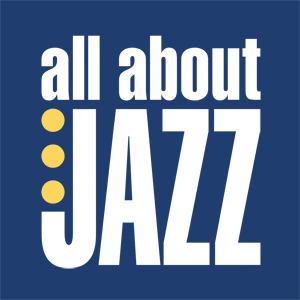 “Composer George Hurd doesn’t subscribe to any of the monolithic definitions around musical categories. [He] successfully closes any preconceived gaps between electronics and traditionally composed music and what the listener is left with is sometimes warm, sometimes angular but always accessible. Overall, a captivating first effort, not confined by any of the many micro-genres in play.“
“Composer George Hurd doesn’t subscribe to any of the monolithic definitions around musical categories. [He] successfully closes any preconceived gaps between electronics and traditionally composed music and what the listener is left with is sometimes warm, sometimes angular but always accessible. Overall, a captivating first effort, not confined by any of the many micro-genres in play.“
– | All About Jazz
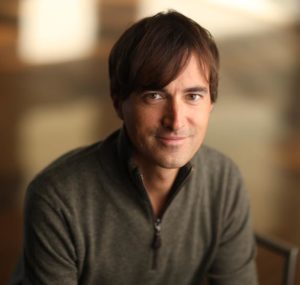 “George and I share a passion for electro-acoustic classical music, and I have very much enjoyed the powerful and unique works he has created with his own ensemble. These pieces integrate electronic sounds and classical instruments in creative and visceral ways. The fact that George has created such interesting music while also finding creative outlets and performance spaces for his ensemble speaks volumes about his impact on San Francisco’s “post-classical” scene.”
“George and I share a passion for electro-acoustic classical music, and I have very much enjoyed the powerful and unique works he has created with his own ensemble. These pieces integrate electronic sounds and classical instruments in creative and visceral ways. The fact that George has created such interesting music while also finding creative outlets and performance spaces for his ensemble speaks volumes about his impact on San Francisco’s “post-classical” scene.”
– Mason Bates | composer; Kennedy Center Artist-in-Residence; former Chicago Symphony Mead Composer-in-Residence
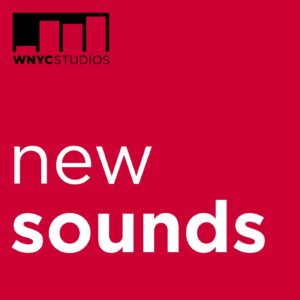 “…fascinating and kinetic music by San Francisco-based composer George Hurd, who combines found sound collected over the past 15 years of his travels with string quartet (violin, viola, cello, upright bass), piano and electronics. The electroacoustic compositions, on his recent record Navigation Without Numbers, resemble the layers of an onion; there’s always another melodic, harmonic, electro-distortion and/or percussive layer to reveal upon repeat listens.” – John Schaefer, WNYC’s New Sounds
“…fascinating and kinetic music by San Francisco-based composer George Hurd, who combines found sound collected over the past 15 years of his travels with string quartet (violin, viola, cello, upright bass), piano and electronics. The electroacoustic compositions, on his recent record Navigation Without Numbers, resemble the layers of an onion; there’s always another melodic, harmonic, electro-distortion and/or percussive layer to reveal upon repeat listens.” – John Schaefer, WNYC’s New Sounds
WNYC’s New Sounds featured five different pieces from Navigation Without Numbers in four of its episodes. Listen below:
(jump to 31:47 – Four Went Down)
(jump to 44:03 – Hummingbird)
(jump to 33:12 – Tethering Blind)
(jump to 7:50 – Pauca and Locked in Place)
 “An interesting marriage of so many different kinds of musical styles intermingling with the contemporary classical world… some of these tracks would not be out of place in a club.”
“An interesting marriage of so many different kinds of musical styles intermingling with the contemporary classical world… some of these tracks would not be out of place in a club.”
– Soundward with Q2’s Phil Kline, from Relevant Tones, WFMT
“George’s music combines electronic and acoustic forces better than almost anyone else I’ve ever heard.”
– Ryan Brown | composer; Founder/Co-Director, Switchboard Music Festival; Prof. of Music History and Literature, San Francisco Conservatory of Music
 “The world premiere of Hurd’s own composition, Vivarium, adopted a… complex scale, and delved deeper into the possibilities afforded by the interplay of acoustic and electronic sound.
“The world premiere of Hurd’s own composition, Vivarium, adopted a… complex scale, and delved deeper into the possibilities afforded by the interplay of acoustic and electronic sound.
Inspired by the composer’s musings on the effect of social media and the progressive, voluntary erosion of privacy in which we participate, Vivarium started and ended with brooding, ominous chords in the instrument’s lowest register. From there arose music that was rhythmically decisive, as the piano seemed to alternatively arise from and succumb to waves of mostly concrete sounds, often edited beyond the point of immediate recognition. As with Clyne’s piece (On Track), a return to the opening material framed Vivarium with a clear, formal structure, highlighting the music’s own emotional arc.”
– Giacomo Fiore | San Francisco Classical Voice (reviewing the world premiere of Vivarium)
 “The Hurd Ensemble is the perfect blend of electronic and classical. Sometimes crunchy, sometimes haunting, always surprising, The Hurd Ensemble will please anyone who is a fan of music and appreciates different genres.“
“The Hurd Ensemble is the perfect blend of electronic and classical. Sometimes crunchy, sometimes haunting, always surprising, The Hurd Ensemble will please anyone who is a fan of music and appreciates different genres.“
– Tony DuShane | SF Gate
Listen to Sarah Cahill interview George Hurd for KALW Revolutions Per Minute
“[Navigation Without Numbers] is sometimes lyrical, sometimes clangorous, and sometimes (exhilaratingly) both. It’s a tremendous amount of fun but also dense and complex enough to be much more.” –Rick Anderson | CD Hot List
“George Hurd seems to have found a balance between accessibility and depth. This music sounds fresh and new while retaining its connection to its roots. And, while this combination of electronic music with classical music is being attempted by [other composers], it sounds much more naturally integrated in Hurd’s work. He regularly leaves one with impressions of various musicians or genres but the sound is always his. This is classical music’s equivalent to indie rock.”
– Josh McNeill | Josh McNeill Blog
 “Hurd’s music organically blends classical-style composition with the timbres and grooves of rock, jazz, and world music. It’s a natural, clearly articulated sound that encapsulates the “in-between genres” zone that Switchboard [Music Festival] seeks to explore.”
“Hurd’s music organically blends classical-style composition with the timbres and grooves of rock, jazz, and world music. It’s a natural, clearly articulated sound that encapsulates the “in-between genres” zone that Switchboard [Music Festival] seeks to explore.”
– Matthew Cmiel | San Francisco Classical Voice
“…The Hurd Ensemble’s music [is] BIG. The house was packed and loudly appreciative… It’s the rhythm of the electronics that takes Hurd’s music out of the straight classical and makes it special.“
– Find A Stillness
